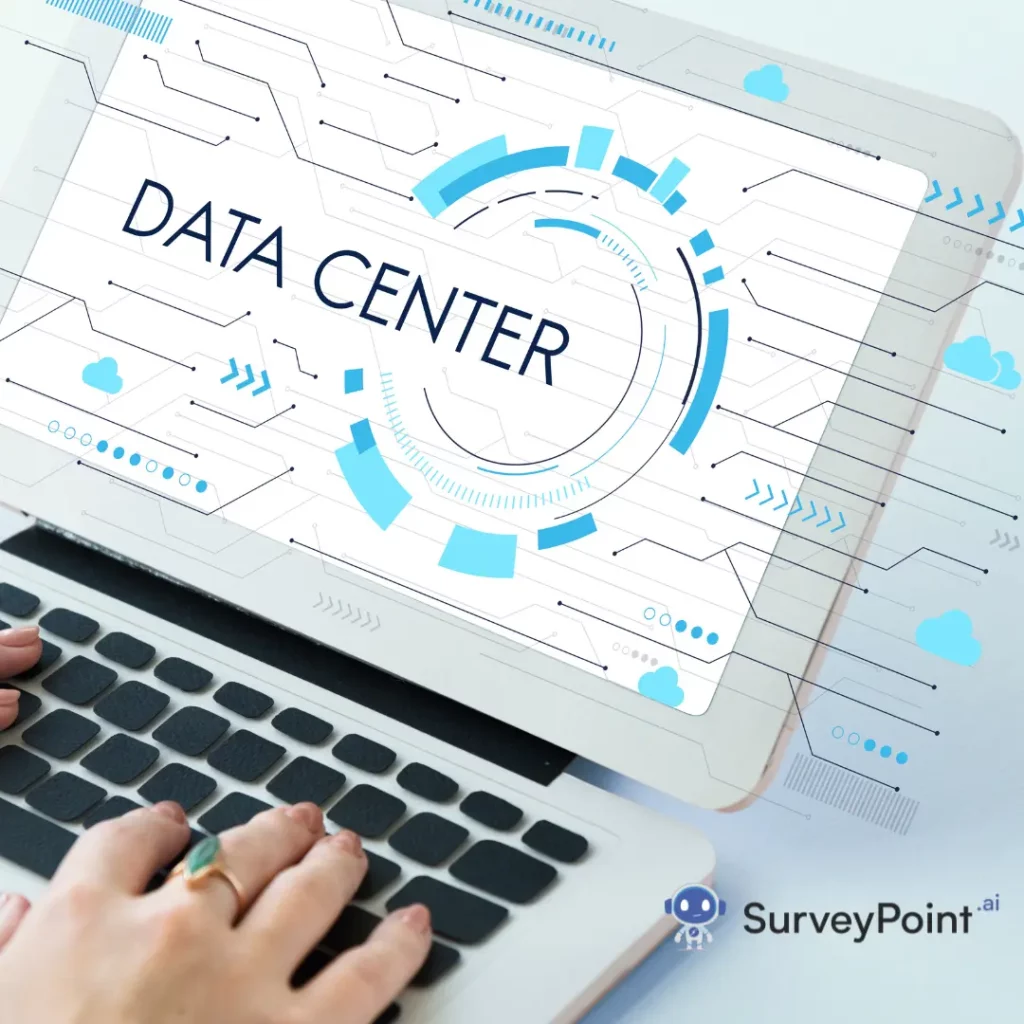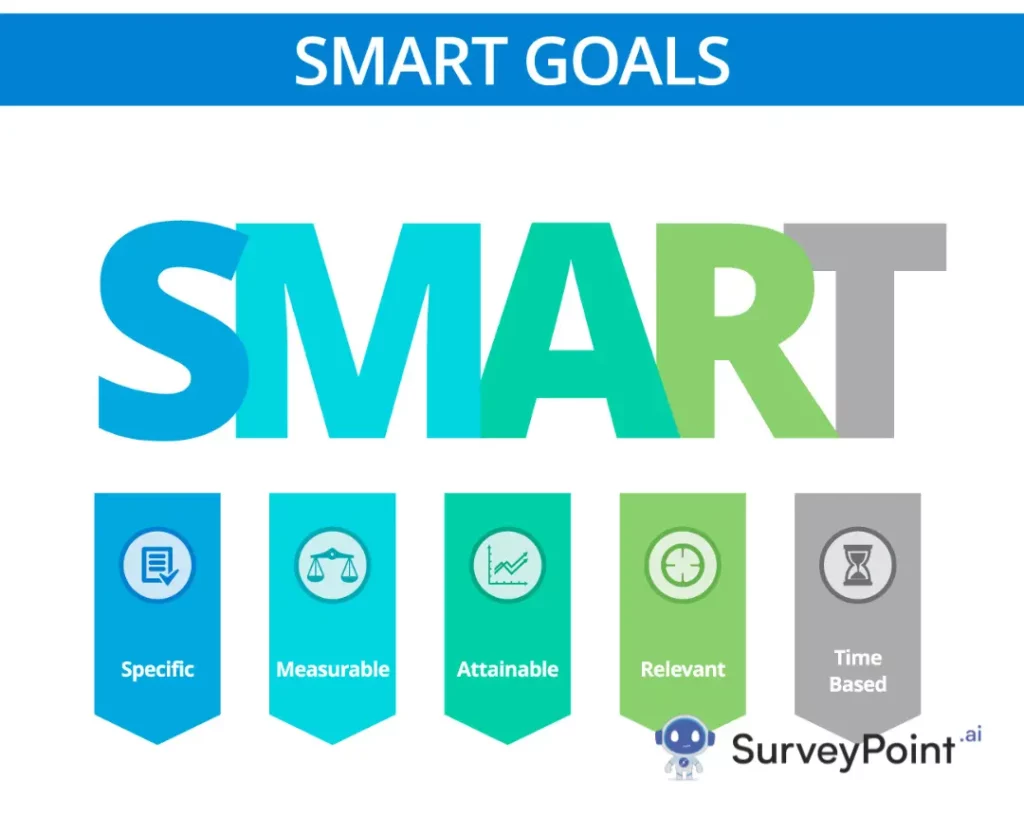
Consumer profiling is about understanding your customers – who they are, what they like, and how they behave. Take Netflix, for example. They use consumer profiling to suggest shows based on your previous watches, tailoring their service to your preferences. This kind of personalization results in a better user experience and more engagement for Netflix.
Stick with us as we unpack how your brand can harness the power of consumer profiling for improved customer experience and brand growth.
What is the Importance of Consumer Profiling?
There are several reasons why consumer profiling can be important for the growth of your brand:
Personalized Marketing
The American beverage giant Starbucks uses consumer profiling to focus on personalizing their marketing. They evaluate important components like:
- Purchase history
- Location
- Preferences of customers in their loyalty program
With this information, Starbucks is able to send personalized offers to each customer! So, if you often buy a pumpkin spice latte, Starbucks will send you a coupon for one, making you more likely to visit their store. Are you tempted to go to one now?
Product Development
Netflix uses consumer profiling to create and suggest shows and movies. They look at what their subscribers watch, how long they watch it, and even when they pause or stop. This information helps Netflix know what kind of content to produce (like “Stranger Things” or “The Crown”) and recommends shows and movies you might like. This keeps you watching and subscribing to Netflix.
Customer Retention
Amazon uses consumer profiling to keep customers coming back. They analyze what you look at, what you buy, and what you search for. Amazon then uses this data to recommend other products you might like, making your shopping experience more convenient and personalized. This makes you more likely to keep buying from Amazon.
Better Customer Service
Zappos uses consumer profiling to deliver excellent customer service. By understanding their customers’ needs and behaviors, Zappos provides a service that exceeds expectations.
For instance, they once upgraded a customer’s shipping to overnight for free because they knew from profiling that the customer valued quick delivery. This resulted in a very happy customer who became loyal to the brand.
ALSO READ: Factors Affecting Consumer Behavior and How to Influence ThemDifference Between Customer Profiling and Customer Segmentation
| Customer Profiling | Customer Segmentation | |
| Purpose | To create a detailed description of a single type of customer based on their behaviors, demographics, interests, etc. | To divide a broad customer base into smaller, more homogeneous groups based on shared characteristics. |
| Focus | Individual customer | Groups of customers |
| Process | Gathers detailed information about customers, such as age, buying habits, preferences, etc. | Classifies customers into different groups based on common traits, like demographic or behavioral factors. |
| Result | A comprehensive description of an ideal or typical customer, which can be used to personalize marketing efforts. | Distinct customer segments can be targeted with specific marketing strategies. |
| Uses | Used to tailor marketing to specific individuals, enhance customer relationships, and predict future buying behaviors. | Used to tailor marketing to groups, improve product development, and increase marketing efficiency. |
Difference Between Customer Profile and Buyer Persona
| Customer Profile | Buyer Persona | |
| 1. Definition | A customer profile is a description of a customer or set of customers that includes demographic, geographic, and psychographic traits, as well as buying patterns, creditworthiness, and purchase history. | A buyer persona is a research-based profile that depicts a target customer. It describes who they are, what they want, how they make decisions, and why they make them. |
| 2. Purpose | Customers are categorized into groups for marketing, customer service, and identification purposes. A customer profile is also used to identify profitable customers, potential profitable customers, and profitable customers. | In order to create effective marketing and sales strategies, it is necessary to understand the needs, behaviors, and motivations of the target audience. |
| 3. Data Source | Typically, customer service interactions, transaction data, customer service interactions, and other factual information about customers’ behaviors are used to create a customer profile. | The process of developing a buyer persona typically involves market research, customer interviews, surveys, and questionnaires, with a focus on the motivations of the target market and decision-making processes. |
| 4. Level of Detail | Customer profiles contain specific, factual information about customers, focusing on their past and present behaviors. | Buyer personas are more detailed and include inferred details about customers, focusing on their motivations and potential future behaviors. |
| 5. Use Case | Commonly used in CRM systems, direct marketing, and customer segmentation. | Primarily used in product development, content marketing, and sales strategies. |
ALSO READ: What You Need to Know About Consumer BehaviorWhat Are the Different Types of Consumer Profiling?
The different types of consumer profiling help different industries get the most out of the data they receive about their consumers:
- Demographic Profiling: This method groups consumers based on characteristics like age, gender, income, education, or occupation. For example, luxury car companies like BMW or Mercedes-Benz might target consumers with higher incomes and education levels.
- Geographic Profiling: This categorizes customers based on where they live or are located. McDonald’s, for instance, offers different menu items in different countries. You’ll find the McAloo Tikki burger in India, which caters to local taste preferences and vegetarian dietary practices.
- Psychographic Profiling: This type involves understanding a consumer’s lifestyle, values, attitudes, and personality. A brand like Patagonia, which sells outdoor clothing and gear, targets consumers who value environmental sustainability and lead an active, outdoor lifestyle.
- Behavioral Profiling: It groups consumers based on their behavior, like purchase history, product usage, brand interactions, etc. Amazon uses this method extensively by suggesting products based on browsing and purchasing history.
- Benefit Profiling: This focuses on the advantages consumers seek from a product or service. For instance, some people buy iPhones for their seamless integration with other Apple devices, while others buy them for their perceived status symbol. Apple markets differently to these two groups based on the benefits they seek.
- Technographic Profiling: This relatively new profiling type categorizes consumers based on their use and knowledge of technology. For example, tech companies like Adobe target their advanced software towards tech-savvy users or professionals in the tech industry.
ALSO READ: Consumer Journey: The Idea, Importance, and Relevance Consumer Profiling Strategies: Tried & Tested
Below, we have summarized a few key strategies to help grow your brand! These strategies are tried and tested:
- Understand Your Audience: Know your target market and what they need and prefer. This helps focus your efforts and create effective marketing plans.
- Gather a lot of Data: Collect a wide variety of data like age, gender, income, education level, buying habits, and preferences to fully understand your customers.
- Use Different Data Sources: Get information from multiple places like customer surveys, focus groups, and market research reports to get a full, accurate picture of your customers.
- Update Customer Profiles Regularly: Customers’ tastes and behaviors can change, so keep updating and refining your customer profiles to stay up-to-date with market trends.
- Use Data for Targeted Marketing: After you’ve gathered and analyzed your data, use it to tailor your marketing strategies to fit your target audience’s tastes and preferences.
Here is an example of a company that offers cotton t-shirts in summer:
| Component | Example |
| Demographics | Age: 18-35 Gender: Male and Female Income: Middle class Education Level: High School and above |
| Customer Benefits | Comfortable and breathable in summer heatStylish and trendy designsAffordable pricing |
| Customer Pain Points | Difficulty finding quality cotton t-shirtsConcern about environmental impact of clothing manufacturingDesire for more unique, personalizable designs |
| Customer Social Media Habits | Active on Instagram and FacebookEngages with fashion influencersShares and likes posts related to sustainable clothing and summer trends |
Conclusion
Consumer profiling is surely a powerful tool that businesses can use to really understand their customers. It analyzes data on things like age, income, buying habits, and personal preferences. Thus helping businesses create marketing plans catering to their customers’ needs and wants.
The better you know your customers, the better you can meet their needs and the more successful your business can be. So keep your profiles up-to-date and use them to shape your marketing strategies!



